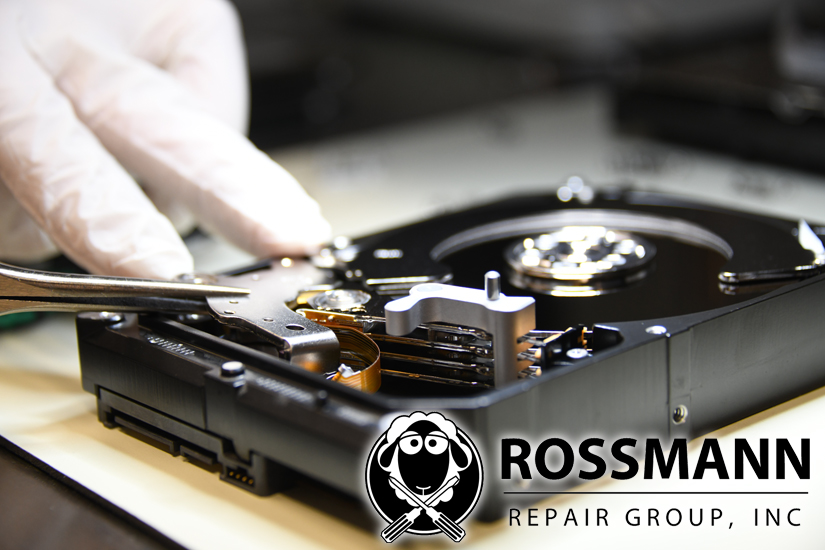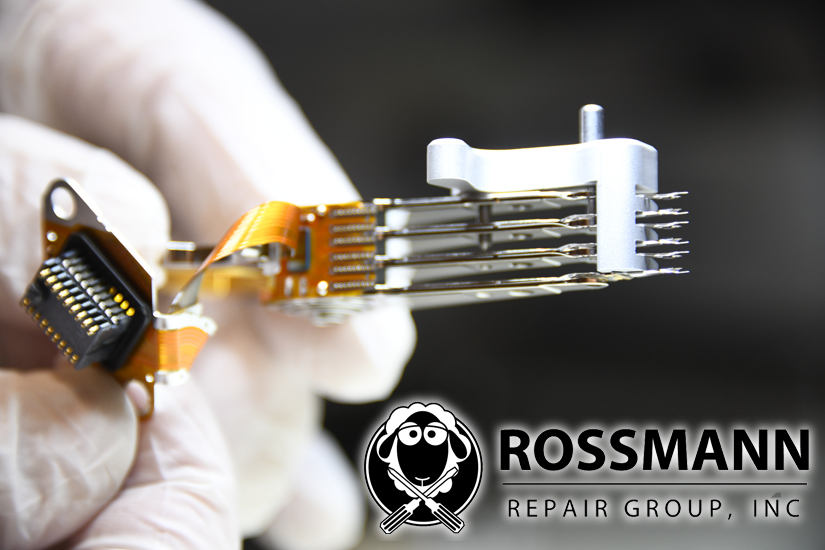How long does it take to recover a 1tb hdd?
Bad Heads
A HDD also consists of multiple heads; the heads being what reads the data from the platter. Think of the heads like the cartridge in a record player.
When these heads fail, it means that certain sectors of the drive are not able to be read. Therefore, a head swap is necessary. A head swap has to be carried out in a special environment such as a cleanroom which adds time to the repair. An exact model donor drive is also necessary. Once the head swap has been completed, all sectors on the HDD can be attempted to be recovered. If a donor cannot be located immediately, it can take almost weeks to locate the correct parts, and then several days after in order to get a proper recovery. Bad heads ranges from $700-$900. In rare cases, stuck heads can be cheaper if the originals are reusable.

Many drives that look identical may use a variety of different internal components, and may not be interchangeable, based on the manufacturing date. The same model drive from June can use different parts from a similarly looking one produced in November. The diversity in parts is what makes it very difficult to have heads available for every single type of drive someone may walk in with: however, we are often able to locate heads for drives whose parts are not in our exhaustive inventory.

Bad Sectors
Bad sectors on a HDD are very common nowadays. It’s where the drive has become physically damaged, such as a speck of dust, and has resulted in the sector becoming corrupt. This makes it very hard for the heads to read that sector, and therefore increases the data recovery time if this certain sector is bad and is needed as it contains your important data. A few bad sectors can add a few days at most usually to a recovery. Lots of bad sectors can mean up to an additional week. Drives with bad sectors are usually recoverable at prices ranging from $150-$450 if the heads are still usable.
Firmware Corruption
The firmware on your HDD is responsible for certain functions of the hard drive. When this data becomes corrupt, it means that only parts of your HDD are functioning. This results in only parts of your data being accessible as the corruption causes the HDD to not know what to do with the information being received. This can greatly impact the time it takes to recover your data as it causes large queues on your HDD and therefore requires an expert so that the data is recovered successfully. Expect firmware issues to be a minimum of a week usually if we have a queue in front of you.


HDD recovery time on a working hdd averaging 90mbps:
On average, a 1TB working drive runs at about 90mbps. A TB is 1048576 megabytes, so, 1048576/90 = 11781 seconds. 111781/60/60= 3.2. Therefore, to successfully recover an entire 1TB HDD averaging at around 90mbs it would take 3.2 hours. This doesn’t take into account parsing through data, copying to an external drive, or other people who may be in front of you. For basic data transfers on drives with few to no errors, 1-2 business days depending on the amount of people in front of you is reasonable.
Platter Damage
A HDD consists of platters which store your information. When a platter is damaged, it makes it increasingly hard to recover your data. Sometimes, a platter is so damaged that the data can’t even be read.
Most drives have issues with heads – replacing the heads allows you to access the data on the platter. When the platter is destroyed, this becomes a dead end in many cases, Platter damage can sometimes take weeks and still yield no recovery, and costs between $900-$1100 usually.

A non-refundable $100 rush fee gets you to the front of the line.
When every second counts and you simply cannot wait in line, we offer a $100 rush fee to be moved to the front of the line. This fee is non-refundable, but does have us work on your case first, regardless of who else is in our queue.
Our highly trained technicians have worked on some of the most complex cases with great success. If your hard drive or SDcard is no longer responsive, we’ll get your information back!
Check out a real data recovery below!




Top Reasons To Have Your Repairs Done By Us

We stock our parts, so that means that you save time.
Our pricing is fair.
We use grade A+ parts.
We can repair motherboard component level issues.
We Can Fix Your Problem


Address
Austin, TX 78705
(347) 552-2258
OPENING HOURS
Monday-Friday – 11 AM to 7 PM
